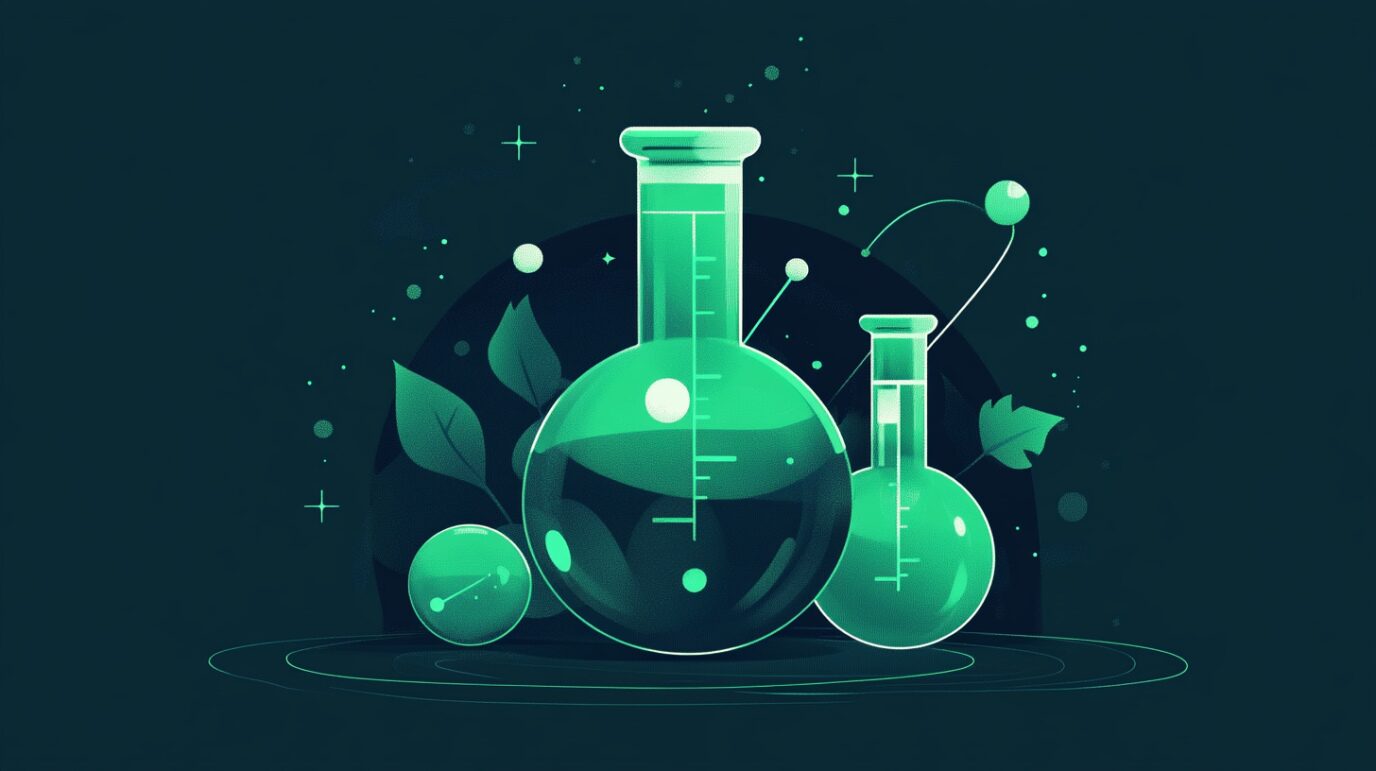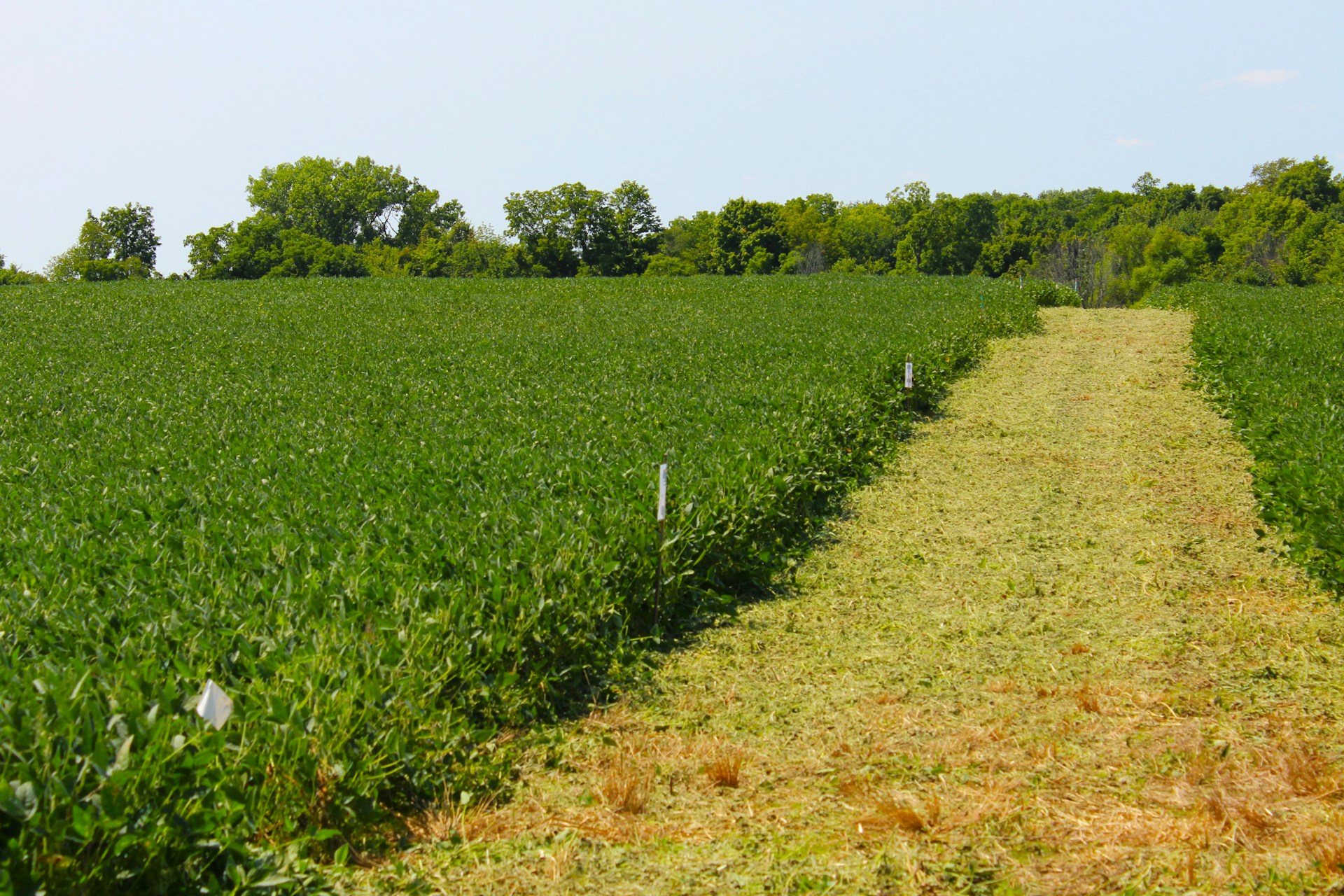
Examples of Renewable Resources: Lists of Sustainable Alternatives
May 26, 2022 - Ellie Gabel
Revolutionized is reader-supported. When you buy through links on our site, we may earn an affiliate commission. Learn more here.
Human civilization depends on a very long list of natural resources. Planet Earth has an abundance of minerals, metals, chemicals, and compounds that can be used or combined in seemingly endless ways. But what happens when we run out of these resources?
The concept of “peak oil” is a well-traveled one in popular conversation. Using clean sources of energy is a prime example of a renewable resource transition. There are many other finite resources that organized human society depend on, however. Few people think about phosphates during day-to-day life, but these compounds are vital ingredients in the fertilizers that make scalable agriculture possible.
Let’s look at the definition of renewable and nonrenewable resources, some example lists of each kind, and some opportunities available to industries, right now, that present a more Earth-friendly alternative to current sources of energy and raw materials.
What Is the Definition of Renewable Resources?
The simplest definition of a renewable resource is that it regenerates over time. These resources are effectively limitless because they either come from an unquenchable supply (such as solar power) or a supply that’s capable of growing back (such as trees).
Nonrenewable resources do not regenerate over time – they only ever existed in fixed amounts, and once these stores are depleted, they’re gone forever.
Nonrenewable and Renewable Resources Example Lists
Before we can take a look at industrial opportunities to pivot to renewable resources, we should better understand which types of resources are considered renewable and which are not.
Common renewable resources include:
- Solar power and wind energy – for electric-grid independence
- Trees – for lumber, paper, and cardboard
- Groundwater – for drinking and for generating power
- Biomass – a historically underutilized power source
- Geothermal energy
- Natural oils
- Major grains
Some of these, like trees, may be used in upwards of 8,000 distinct product types. While renewable resources do regenerate over time, that’s not to say humankind can afford to waste them unnecessarily. There are many social and financial benefits to using and reusing any given resource wisely.
Now, here are some of the more common nonrenewable resources in common usage today:
Common nonrenewable resources include:
- Oil
- Coal
- Natural gas
- Nuclear energy
- Aluminum and steel
- Phosphates – used widely in fertilizers
The Social and Business Case for Renewables
Energy is not the only resource driving the renewable vs. nonrenewable debate. However, energy is one of the most widely utilized of Earth’s abundant resources, and that makes it one of the first targets for industries and companies looking to downsize their footprints.
Manufacturing is the most energy-intensive industry. Here are the top four industries for energy usage according to the U.S. Energy Information Administration (EIA):
- Manufacturing – 77% of energy use
- Mining – 12% of energy use
- Construction – 7% of energy use
- Agriculture – 5% of energy use
We can break the material needs of these industries into separate categories, each with its own climate and carbon footprints. Each one represents a vast supply chain that relies on renewable resources, nonrenewable ones, or a mix of the two. Every category can further be subdivided by fuel (energy-generating) and nonfuel (raw materials) utilization. Each unit is in trillions of British thermal units.
- Petroleum and coal – 3,342 fuel; 903 nonfuel
- Chemicals – 2,815 fuel; 4,326 nonfuel
- Paper – 2,488 fuel; 3 nonfuel
- Metals – 1,734 fuel; 307 nonfuel
- Food – 1,511 fuel; 0 nonfuel
- Nonmetallic minerals – 1,161 fuel; 0 nonfuel
Whether for generating electricity to operate equipment or for direct inclusion in end-products, it’s clear businesses stand to gain much by studying each of these supply chains separately and learning to substitute renewable materials whenever possible.
Resource Substitutions to Make Industries Renewable
Households concerned with material waste and nonrenewable resource exploitation can do a lot to reduce their draw on Earth’s most finite resources. Shopping for organic products and choosing brands with net-zero goals are two examples.
Unfortunately, this often involves “voting with one’s wallet.” Real and lasting change must come from the top – namely, from the largest resources exploiters on Earth: corporations. A combination of customer sentiment, government regulations, and the ever-ticking clock on environmental collapse must come together to inspire widespread changes to global supply chains.
Here are just a few substitutions in energy sources and raw materials that small and large companies can begin investing in:
1. Industrial Hemp
Hemp was a major cash crop at the founding of the United States and it’s on its way to becoming one again. Industrial hemp is becoming legal again and has applications in textiles, clothing, footwear, carpets, ropes, landscaping products, animal bedding, soaps, and beauty products. It’s a much less water-intensive crop than cotton and is planet-friendly when disposed of, unlike synthetic materials.
2. Wind and Solar
Individuals and businesses face upfront costs when it comes to installing on-premises solar and wind equipment, but the ROI gets more attractive by the year as technology advances. Individual payback periods vary, but most solar adopters see their purchase pay off within eight years.
3. Biomass
The average American citizen produced close to 5 pounds of waste per day in 2018. Happily, a lot of this waste is becoming a major source of renewable energy. Whereas waste incinerators create toxic fumes, biomass generators – like anaerobic digesters – can leverage biomass to create low-emission voltage via fuel cells. If just 8,000 U.S. farms captured their biogas this way, the country could recover 16 billion kilowatt hours of electricity per calendar year.
4. Wood
Responsibly grown timber is a renewable resource – and a hugely useful one. In addition to buildings and homes, timber is used widely in the construction of boats, fences, tools, household goods, decorations, and more. Steel and aluminum are popular construction and assembly materials as well, but they cannot be regrown and are therefore considered nonrenewable, despite aluminum’s relative lack of scarcity compared to other elements.
5. Unconventional Building Materials
The construction industry and the built environment are full of synthetic materials and nonrenewable resources that deplete the planet and endanger human health. Here are a few unconventional building materials making waves in construction due to being renewable and planet-friendly:
- Straw bales – for building interior walls and for insulation
- Rammed earth – replaces carbon-intensive concrete as a long-lasting building material
- HempCrete and AshCrete – made from hemp and coal waste, respectively
- Bamboo – grows back quickly; excellent for floors and framing homes and buildings
- Mycelium – fungi that functions well as a insulation
One of the next big steps for construction is using 3D printing with renewable filaments – such as recycled fiberglass and other construction waste – more widely.
6. Other Industrial-Scale Renewable Resources
The list of renewable alternatives for industrial usage goes on. Here are a few more general-purpose alternative materials seeing more widespread usage:
- Glass – glass is a more eco-friendly alternative to plastic; considered renewable because it’s made from sand
- Beeswax – becoming more widely used as a biodegradable but protective food wrapping
- Plant-based plastics – bans on plastic bags and scientific alarm about microplastics in the environment have resulted in a windfall of biodegradable plastic alternatives
- Hydrogen – the U.S. Department of Energy recognizes hydrogen fuel cells as an important part of the country’s energy security and resiliency plans; its only waste byproduct is water.
- Pressed hay, banana leaves, seaweed, etc. – with the planet awash in packaging waste, companies are turning to some surprising alternatives that are renewable and low-impact when disposed of
Renewable Resources: Good for Business, Good for the Planet
With these renewable resources examples lists, you should have a better understanding of the distinction between a renewable resource and a nonrenewable one, as well as a keener appreciation for the innovations being carried out in the name of sustainability.
Revolutionized is reader-supported. When you buy through links on our site, we may earn an affiliate commission. Learn more here.
Author
Ellie Gabel
Ellie Gabel is a science writer specializing in astronomy and environmental science and is the Associate Editor of Revolutionized. Ellie's love of science stems from reading Richard Dawkins books and her favorite science magazines as a child, where she fell in love with the experiments included in each edition.







